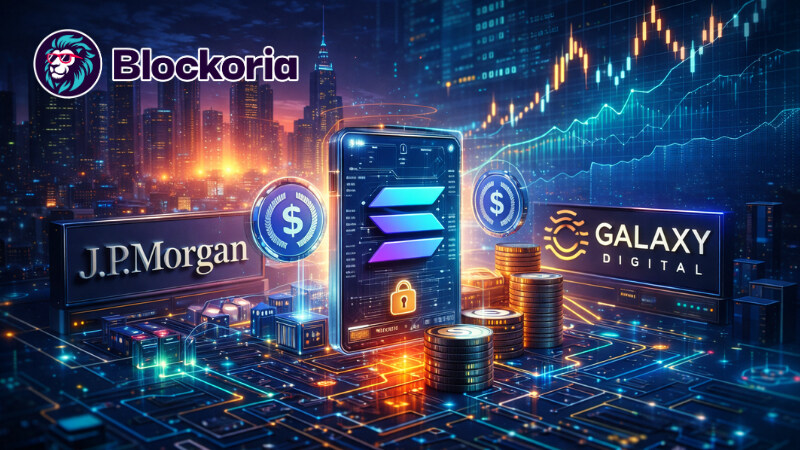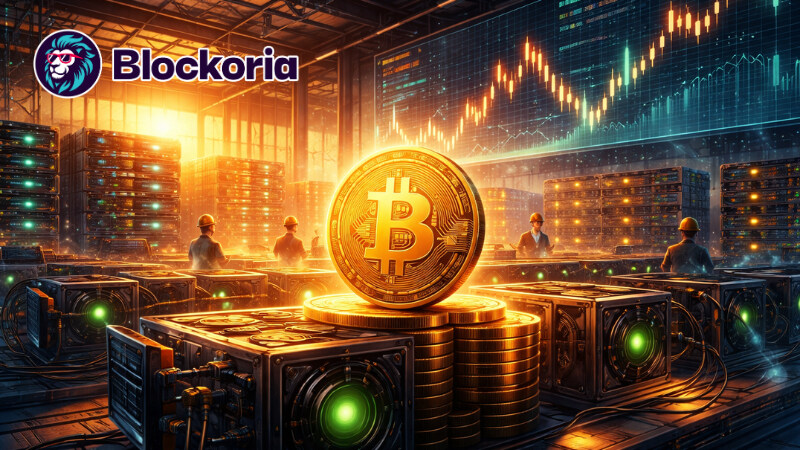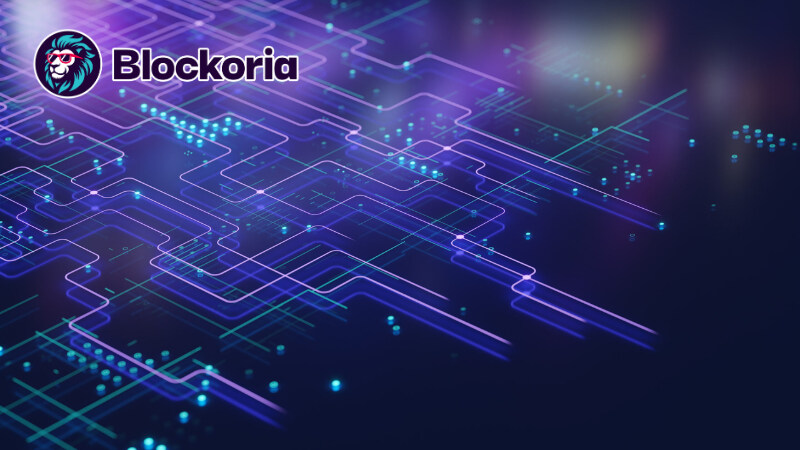.png)
According to RWAxyz, the aggregate value of tokenized bonds, treasury receipts and insurance pools in the Solana network has increased by 218% since the beginning of the year, reaching $553.8 million. By comparison, the Ethereum ecosystem has added 81%, bringing the figure to $7.7 billion. The difference in absolute numbers remains, but the growth rate goes against the established ideas about the leadership of the first smart-contract blockchain.
The largest contributor to Solana's expansion has been Ondo Finance. The dual token of OUSG and USDY backed by BlackRock BUIDL treasury bills is valued at $248 million, taking about 60% of the RWA market if the ONyc reinsurance pool is excluded. Messari confirms the trend: according to their version, the volume of the segment grew by 140.6 %, which is explained mainly by the demand for interest-earning assets.
Investment capital is moving in sync with regulatory expectations. Following the registration of the VanEck SOL Spot ETF with the DTCC, the chances of the first spot fund lineup being approved in 2025 are estimated by Bloomberg at 90%. Polymarket fixes the “SOL ETF approval 2025” futures have a 99% probability. In parallel, Rex-Osprey has launched a staking ETF, which has already attracted $73 million and is seeing inflows of $10 million per day.
Demand for easier access to the asset is putting pressure on supply, resulting in the July total market support of $160 at the one-month low being the tipping point. Weekly support at $155 is being held due to increased activity in the meme token ecosystem, most notably BONK and fresh PUMP, whose turnover exceeded $1.2 billion within 18 hours of launch.
The technical picture remains mixed, with RSI hovering near 55 pips and MACD maintaining a moderate downward momentum in the hourly range. Key resistances are at $162 and $168; breaking $160 with a retracement above could reclaim the $200 target by August and open the way to $290 before the end of the cycle.
Infrastructure expansion is not just happening on the financial front. The Hyperliquid and Kamino protocols have introduced support for tokenized shares as collateral, and developers are preparing an update to Turbine that will increase throughput without increasing fees. At the same time, independent validators are testing variants of a fault-tolerant configurator that reduces the likelihood of double-signing in the event of network congestion.
Legal clarity and high-speed validations make Solana an attractive platform for RWAs that need fast and consistent settlement. Due to its low latency, three-month bond transfer transaction volume has already exceeded $11 billion, at an average cost of less than $0.004.
If the current growth rate continues, Solana could cross the $1 billion threshold in tokenized bonds before the quarterly SEC report. Institutional issuers see the T+0 integration horizon as an advantage over traditional infrastructure, prompting them to pilot corporate note issuances based on the SPL standard.



